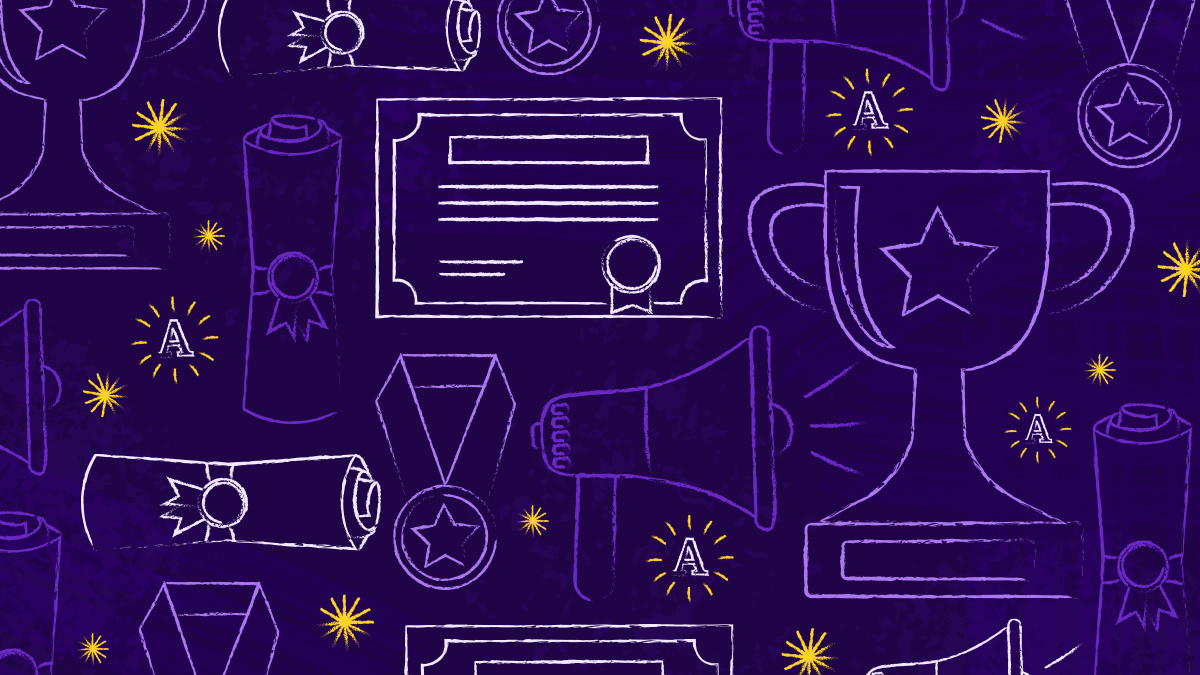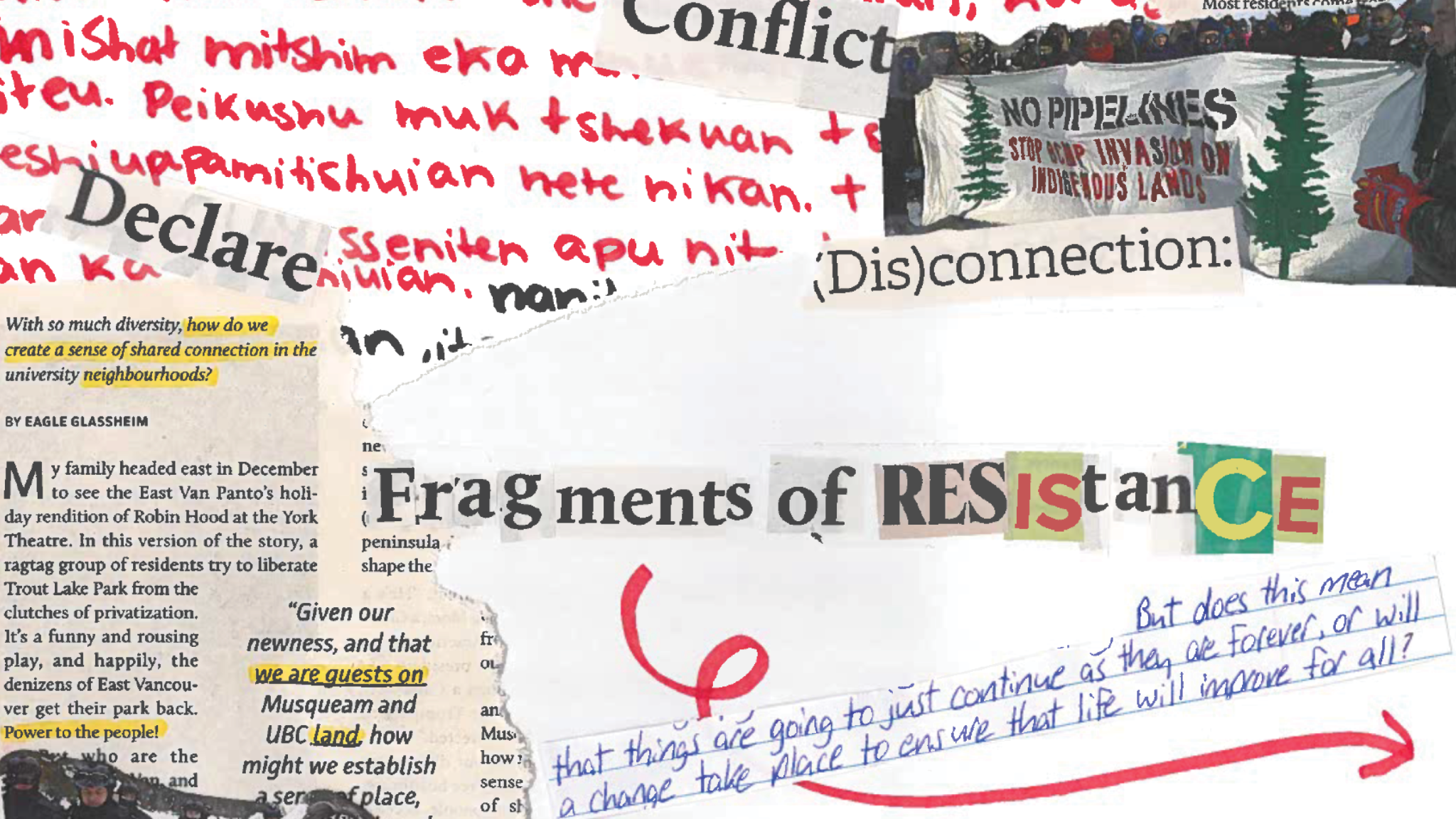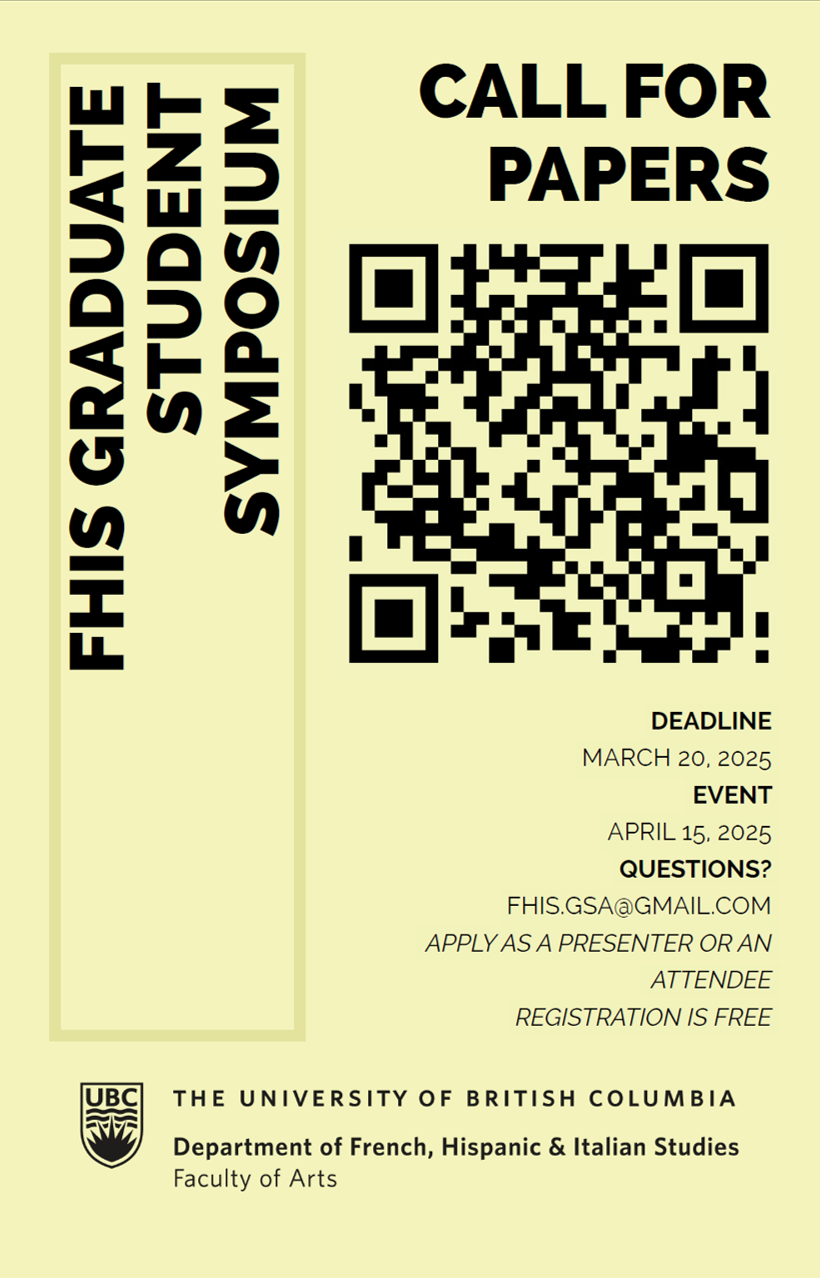Dr. Anne Salamon, Assistant Professor of French Studies, explores the use of digital humanities to expand knowledge of 15th century French literature.
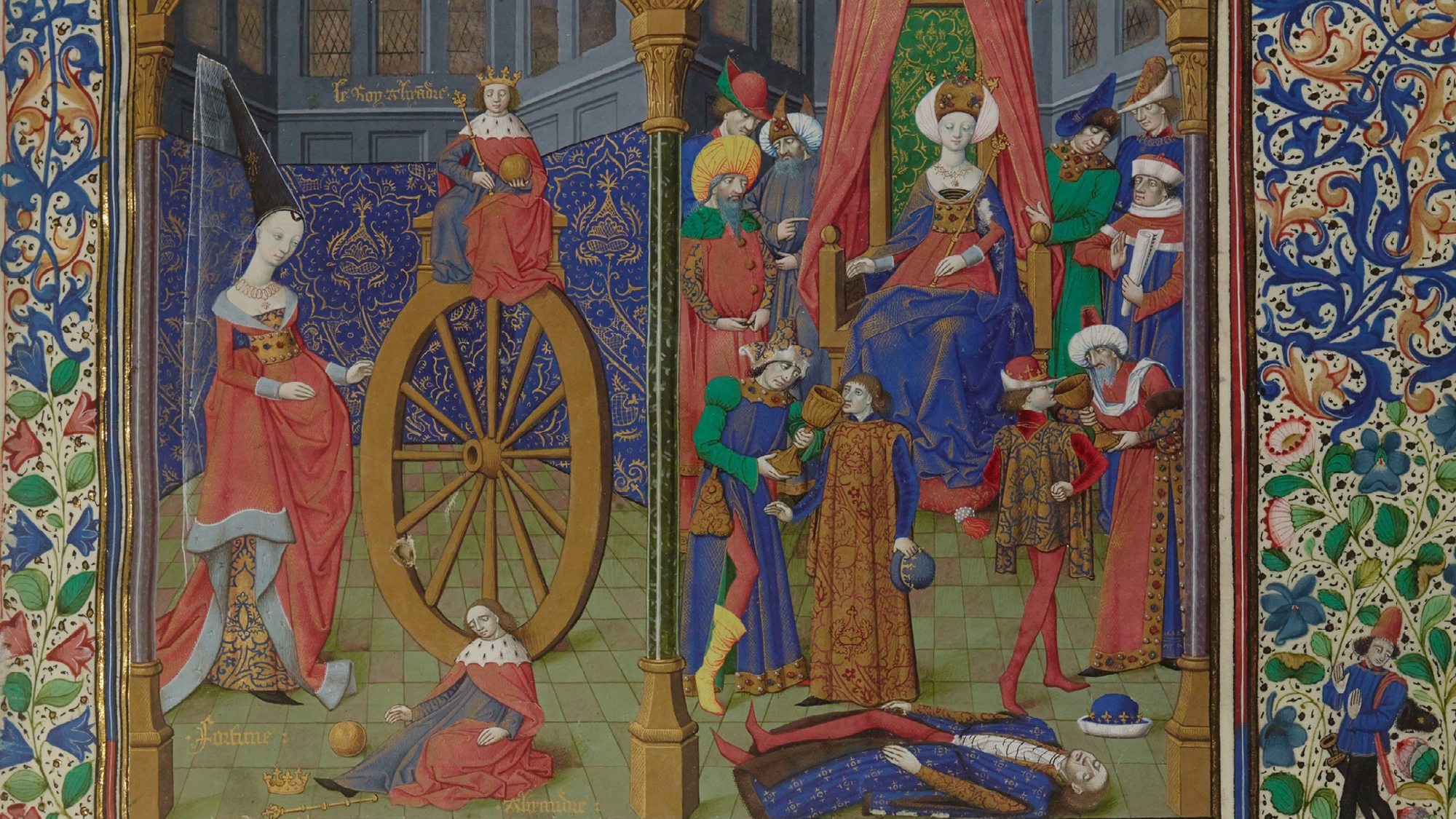

Paris, BnF, français 15459, fol. 1 (La Bouquechardière by Jean de Courcy, beginning on the book on Alexander the Great)
“My project strives to make the 15th century chronicles easier to handle and less daunting to edit by combining digital, print, and manuscript media.”
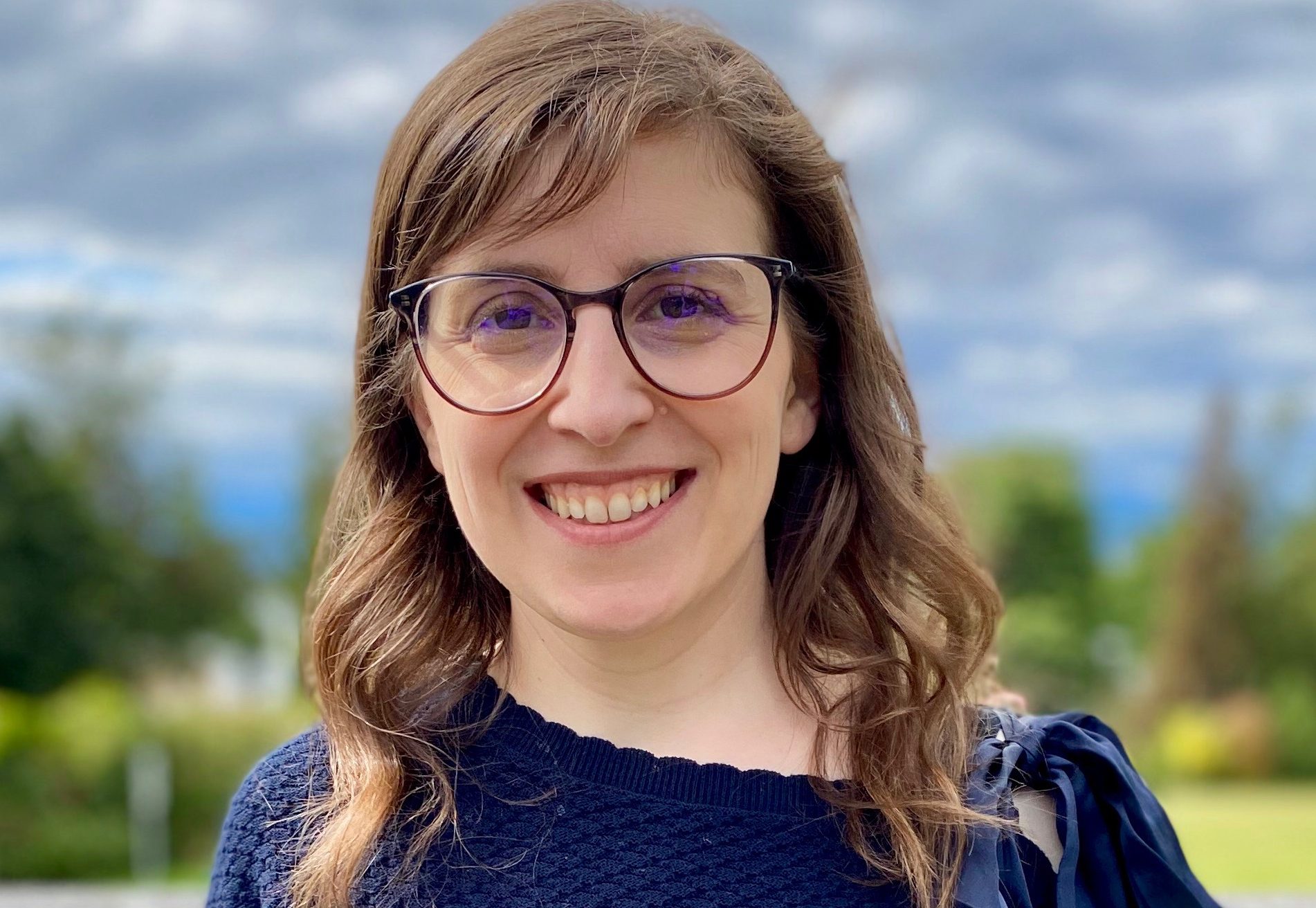

Dr. Anne Salamon, Assistant Professor of French Studies
My specialty is Romance Philology: I study the history of the Romance languages by examining written sources, especially to produce critical editions of unedited texts. My recent research projects focus on the universal chronicles of 15th century French-language literature—my area of expertise—by balancing traditional philological methods with the new possibilities of digital humanities.
Expanding knowledge of 15th century French literature through digital humanities
“Universal histories” is a genre that, although well-known in Latin, didn’t get much interest from scholars of French until about two decades ago. Even then, their interest went to the oldest texts in the genre. The numerous 15th century chronicles haven’t enjoyed the same level of interest, partly because of how daunting it was to edit these extremely lengthy texts.
My current research project, titled “Histoires universelles en français du XVe siècle : entre respect et réinvention de la tradition (Universal Chronicles in French in the 15th Century: Between Tradition and Re-creation; in short, “HU15″)”, strives to make the 15th century chronicles easier to handle and less daunting to edit by combining digital, print, and manuscript media.
The HU15 project is not the only one of its kind; it is essentially a path of experimentation, especially when technology is moving at such a fast pace. It offers an opportunity for these texts to be better known, even if it is in a transitional way, before they can be properly edited.
Adding “context” to texts through hypermedia
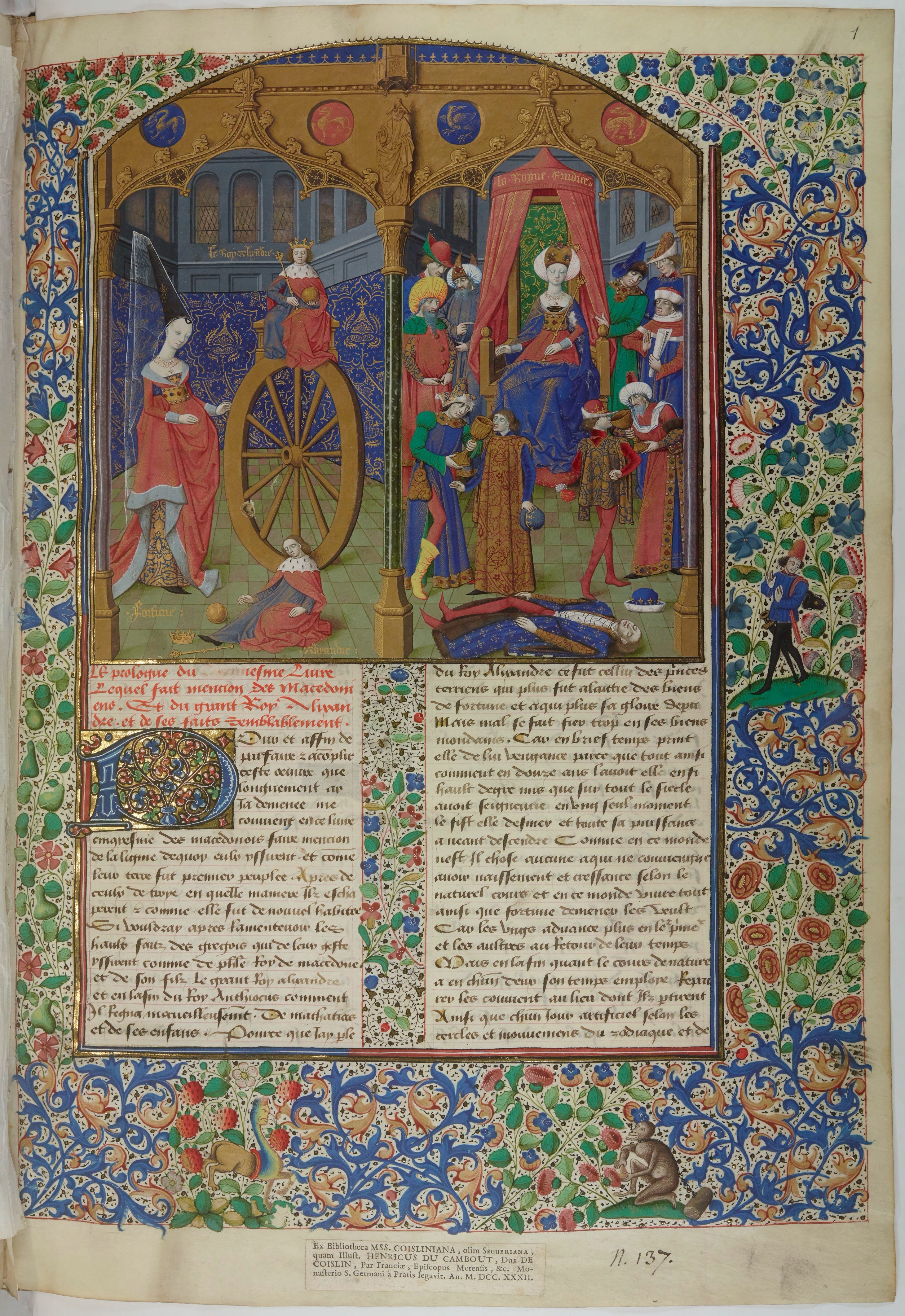

Paris, BnF, français 15459, fol. 1 (La Bouquechardière by Jean de Courcy, beginning on the book on Alexander the Great)
We are often forced to resort to old editions of texts, despite them having many weaknesses, because they are the only editions that provide whole descriptions of manuscripts, an apparatus of variants, and so on. In other words, they give us context to the medieval text.
The HU15 project similarly strives to offer contextualization of unknown texts by providing the reader with the virtual material, along with visual and textual elements, through a website.
By providing “context”, we mean providing further information about each text in the form of bibliographies, descriptions of manuscripts, transcriptions, links to digitizations, tables of rubrics-chapters, decorations, and more.
In addition to the context, each text is also accompanied by paratext, and is presented in a structured way through the use of headings, initials, and other elements. All texts are tagged in XML-TEI, but with minimal markup for ease of reading.
The website endeavours to “remedy” the material aspects of the manuscript, not by a mimetic approach (which would be a facsimile), but by a hypermedia approach. Putting the manuscript as an object rather than as a text at the center of the project has led to a whole different theoretical background than that of traditional philology, with a new emphasis on media theory. In particular, the concept of “remediation,” as described by Bolter and Grusin, is central to the design of the website. The advantage of this approach is that it emphasizes a non-linguistic dimension.
Open access and the evolution of philology
In addition to providing context to medieval texts, this project aims to provide the scholarly community with open access to basic philological material. It can be freely used by other projects as a stepping stone in their own exploration of these numerous little-known texts. Everything is openly accessible online, which allows anybody to use all the material easily, freely, and with access to the code.
We have to think of what this study of ‘manuscripts contexts’ has to offer to the evolution of philology from its traditional to its digital form.
My hope is that other people will be able to use the gathered data as stepping stones for their own research, thus widening our knowledge of 15th century French literature.
Hampton Fund New Faculty Grant
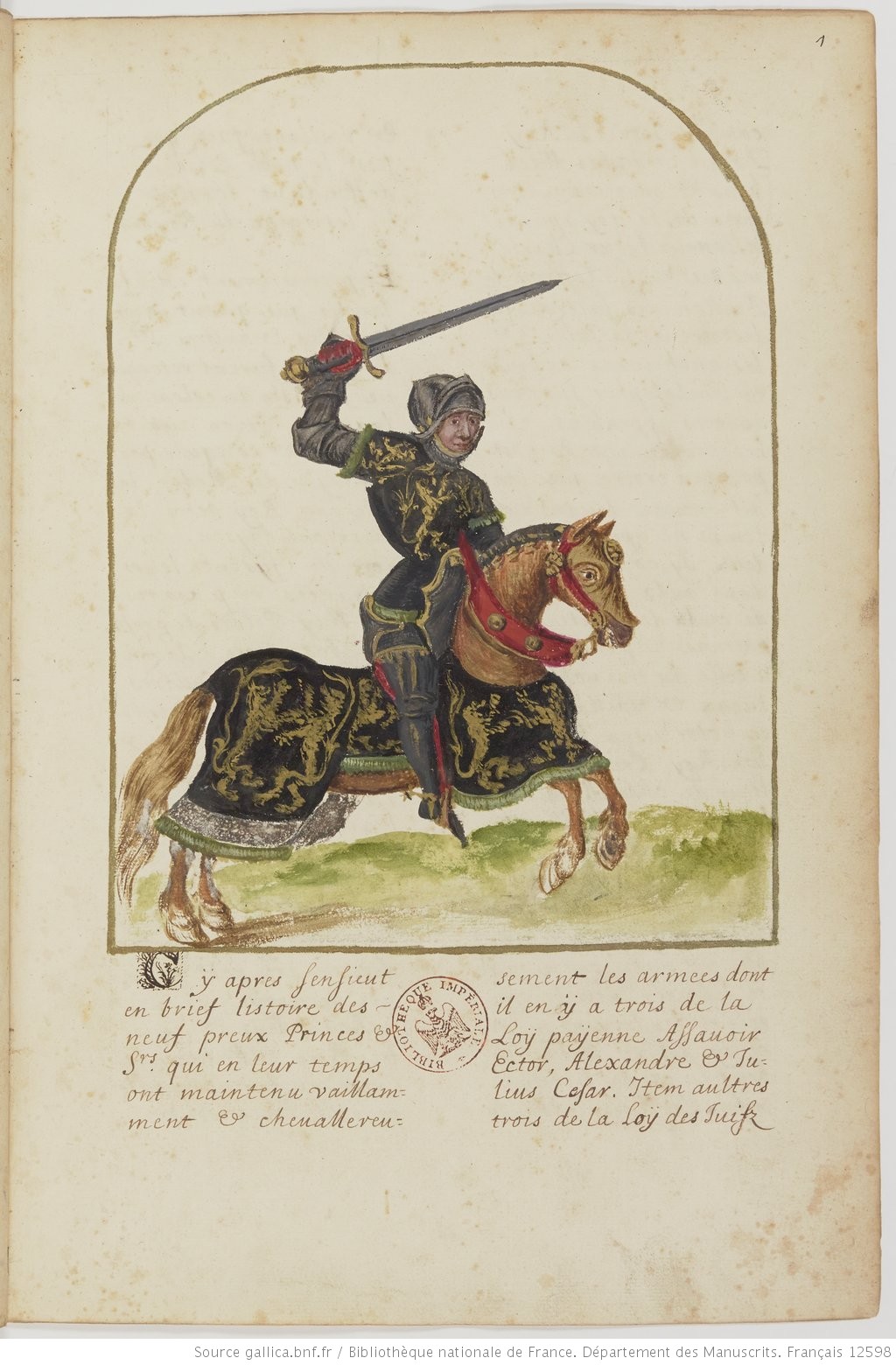

Paris, BnF, français 12598, fol. 1r
I recently received a Hampton Fund New Faculty Grant to create a digital apparatus to accompany and elaborate on a critical edition of an unedited 15th century text, L’Istoire des neuf preux princes et seigneurs, in order to add more depth to it and make it more interactive. It is preserved in a single manuscript, the ms. Paris, BnF, français 12598, dated from the 18th century. Based on its language, most agree that it is a copy of the lost 15th century original. Because it includes rare translations in French of Middle Dutch literary texts, it seems to originate from the Burgundian Netherlands and could be the work of a bilingual author.
Looking forward to UBC
It is a real pleasure to join the Department of French, Hispanic and Italian Studies. I look forward to working with such a vibrant, committed and diverse community of faculty, staff and students. I am very excited to be part of an innovative and creative team with a strong commitment to teaching and research.
I come from the city of Dunkirk in the North of France, and the weather is so similar to Vancouver’s that I feel right at home here! It sometimes feels like the only difference is that I have swapped “ce plat pays qui est le mien” for the magnificent mountains of BC.
Learn more about the H(istoires) U(niverselles) 15 Project and Dr. Anne Salamon.
